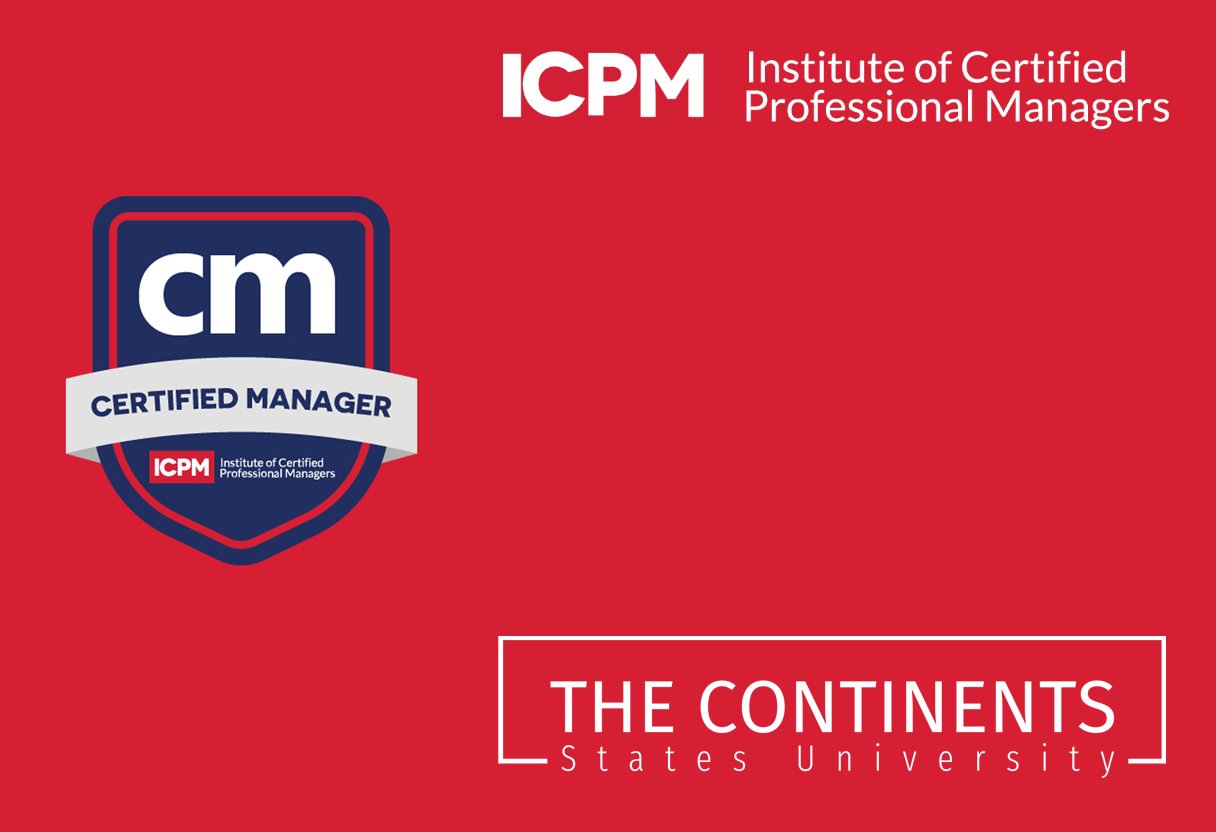Employee attrition is a significant challenge for organizations, causing financial and operational disruptions. According to Gallup, replacing an employee can cost one-half to two times their salary. Research shows that the top reasons employees leave jobs include low pay, lack of opportunities for advancement, feeling disrespected at work, childcare issues, lack of flexibility, burnout, poor benefits, and company culture. Understanding these reasons is crucial for improving employee retention and creating a positive work environment.
Key Takeaways:
- Low pay and lack of opportunities for advancement are major factors in employee attrition.
- Feeling disrespected at work and facing childcare challenges are also common reasons for employees leaving their jobs.
- Lack of flexibility and burnout contribute to high turnover rates.
- To improve employee retention, organizations should focus on addressing these issues and creating a positive work environment.
- Competitive compensation packages, career growth opportunities, and flexible work arrangements can help retain employees.
Low Pay and Lack of Opportunities for Advancement
One of the primary reasons employees leave their jobs is due to low pay and a lack of opportunities for advancement. Research conducted by the Pew Research Center reveals that 63% of employees left their jobs in 2021 because of inadequate compensation, while the same percentage cited a lack of career growth prospects.
A crucial factor in employee motivation and satisfaction is feeling adequately compensated for their efforts. Rising inflation and changing lifestyle needs make it essential for employees to seek higher-paying positions that meet their financial requirements. Companies that fail to offer competitive compensation packages may struggle to retain talented employees, as they are more likely to look elsewhere for better opportunities.
Career growth and long-term learning opportunities are valued by employees who are looking to advance in their professional journeys. Organizations that provide clear paths for advancement and invest in employee development programs can address the issue of a lack of opportunities for growth. By demonstrating a commitment to employee career progression and offering training initiatives, companies can improve employee retention rates and create a workforce that is engaged and motivated.
Feeling Disrespected and Childcare Issues

A respectful and supportive work environment is essential for employee retention. However, the Pew Research Center study found that 57% of Americans quit their jobs in 2021 because they felt disrespected at work. This highlights the critical role that workplace culture and interpersonal dynamics play in an employee’s decision to stay or leave.
A toxic work environment characterized by harassment, bullying, or ongoing conflict can significantly impact employee morale and job satisfaction. When employees feel disrespected, they are more likely to seek employment elsewhere, leading to increased attrition rates for organizations.
Additionally, childcare challenges have become a major concern for working parents. The pandemic has exacerbated this issue, with schools and daycares being closed, forcing parents to juggle work and parenting responsibilities. The struggle to balance childcare and work commitments has been a significant factor in employees choosing to leave their jobs.
Cultivating a Respectful Work Environment
To address these challenges, organizations need to prioritize cultivating a respectful work environment. This includes implementing clear policies against harassment and bullying, providing regular training on interpersonal communication and conflict resolution, and promoting a culture of empathy and inclusivity.
Supporting Employees with Childcare Challenges
In terms of childcare challenges, organizations can provide support and flexibility to help employees manage their parenting responsibilities. This may include offering flexible work hours, remote work options, or on-site childcare facilities. By understanding and addressing the unique needs of working parents, organizations can create a more supportive and family-friendly work environment, ultimately improving employee retention rates.
Lack of Flexibility and Burnout

One of the top reasons employees leave their jobs is the lack of flexibility in the work environment. According to a study by the Pew Research Center, 45% of employees quit their jobs because they felt they didn’t have enough flexibility to choose their working hours. This lack of flexibility can make it challenging for employees to balance their work and personal lives, leading to increased stress and dissatisfaction.
The desire for a better work-life balance has become increasingly important for employees. They value being able to have more control over when and where they work, allowing them to meet personal obligations and responsibilities. Offering flexible work arrangements, such as remote work options or flexible schedules, can attract and retain talented employees who prioritize work-life balance. By accommodating individual needs and preferences, organizations can create a more engaged and loyal workforce.
Burnout: A Rising Concern
Burnout has also emerged as a significant factor contributing to employee turnover. In 2021, 40% of employees left their jobs due to burnout. Long hours, high levels of stress, and a lack of support can lead to feelings of exhaustion, cynicism, and reduced job satisfaction. Burnout not only impacts employees’ well-being but also their productivity and performance.
Organizations need to prioritize employee well-being and address the underlying causes of burnout. This can include implementing wellness programs, promoting work-life balance initiatives, and fostering a supportive and positive work environment. By promoting a healthy work culture and providing resources for stress management, organizations can mitigate the risk of burnout and retain their valuable talent.
Conclusion
Addressing the top reasons people leave jobs is essential for improving employee retention and creating a positive work environment. Organizations can take several steps to reduce employee attrition and foster a more satisfied and productive workforce.
Firstly, offering competitive compensation packages is crucial. Adequately compensating employees not only motivates them but also prevents them from seeking higher-paying positions elsewhere. Clear paths for career growth and long-term learning opportunities are also highly valued by employees, as they strive for personal and professional development.
Creating a respectful work environment is equally important. A toxic workplace characterized by harassment or bullying can significantly impact employee morale and job satisfaction. Organizations should prioritize creating a culture that values respect and inclusivity, where employees feel heard and valued.
Flexibility in work arrangements is another key factor in retaining employees. Providing options for remote work or flexible working hours can greatly contribute to a better work-life balance, especially during challenging times such as the COVID-19 pandemic. Additionally, organizations must address the issue of burnout by implementing wellness programs and initiatives that promote work-life balance.
In conclusion, by understanding and addressing the top reasons people leave jobs, organizations can improve employee retention and create a positive work environment. This includes offering competitive compensation packages, providing opportunities for career growth, cultivating a respectful work environment, offering flexibility in work arrangements, and addressing burnout through wellness programs and work-life balance initiatives. By taking these steps, organizations can strengthen their workforce and build a more satisfied and engaged team.
FAQ
What are the top reasons employees leave their jobs?
The top reasons employees leave their jobs include low pay, lack of opportunities for advancement, feeling disrespected at work, childcare issues, lack of flexibility, burnout, poor benefits, and company culture.
How does low pay and lack of opportunities for advancement contribute to employee attrition?
Low pay and lack of opportunities for advancement can demotivate employees and lead them to seek higher-paying positions with better career prospects.
What impact does feeling disrespected at work have on employee retention?
Feeling disrespected at work can create a toxic work environment that significantly affects employee morale and job satisfaction, ultimately leading to employees leaving their jobs.
How do childcare issues affect employee attrition?
Balancing work and parenting responsibilities can be challenging, especially during times when schools and daycares are closed. Employees facing childcare issues may choose to quit their jobs to prioritize their family obligations.
Why is lack of flexibility and burnout a concern for employee retention?
Employees value flexibility in choosing their working hours and achieving a better work-life balance. Additionally, burnout, caused by long hours, high stress, and lack of support, has a significant impact on both employee well-being and productivity.
How can organizations address the top reasons for employee attrition?
Organizations can address the top reasons for employee attrition by offering competitive compensation packages, providing opportunities for career growth, cultivating a respectful work environment, offering flexibility in work arrangements, and addressing burnout through wellness programs and work-life balance initiatives. Creating a positive company culture that values and supports employees is also crucial.
Source Links
- https://www.culturemonkey.io/employee-engagement/why-employees-leave/
- https://www.uschamber.com/co/run/human-resources/top-reasons-why-employees-quit
- https://www.pewresearch.org/short-reads/2022/03/09/majority-of-workers-who-quit-a-job-in-2021-cite-low-pay-no-opportunities-for-advancement-feeling-disrespected/


